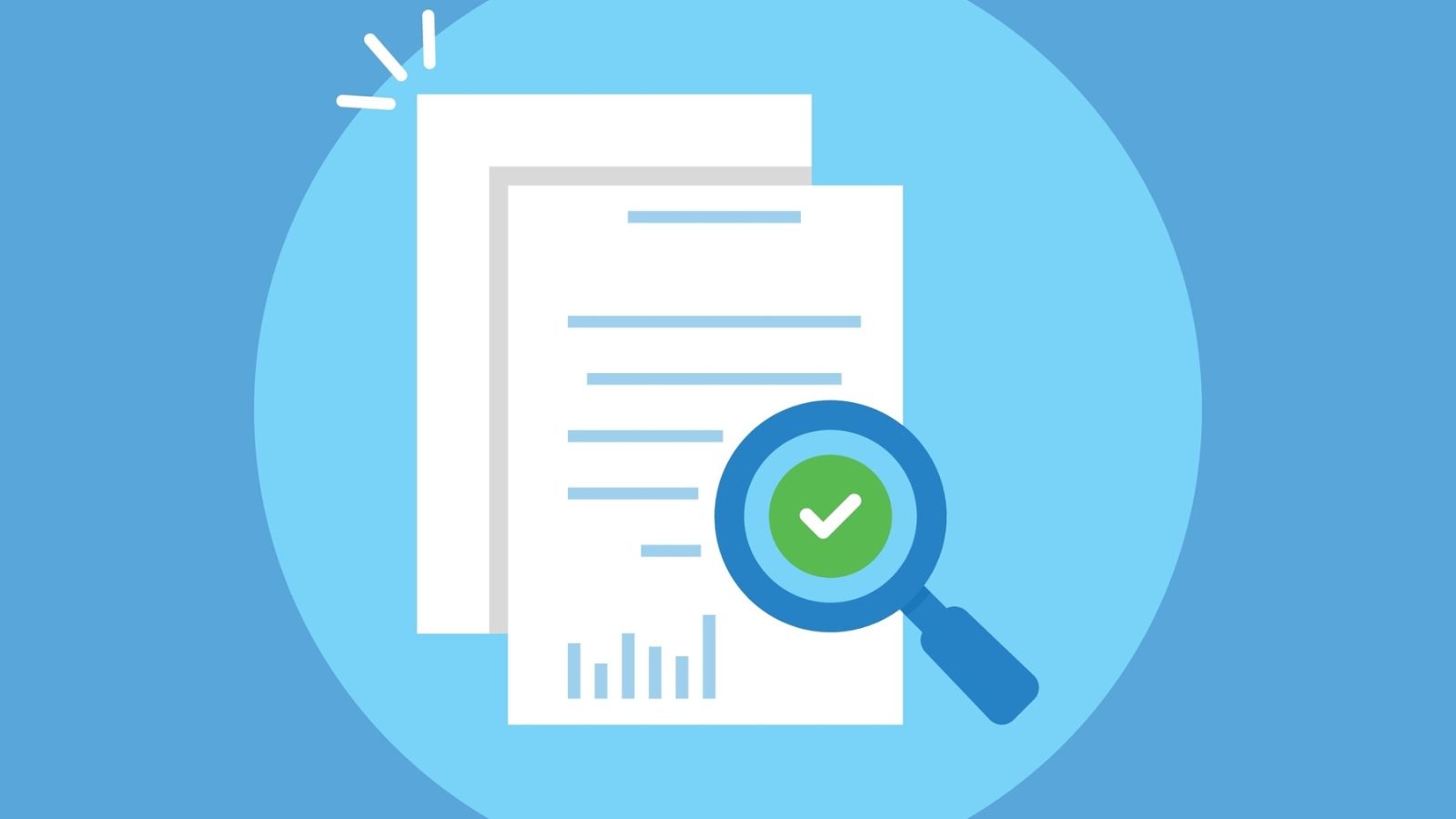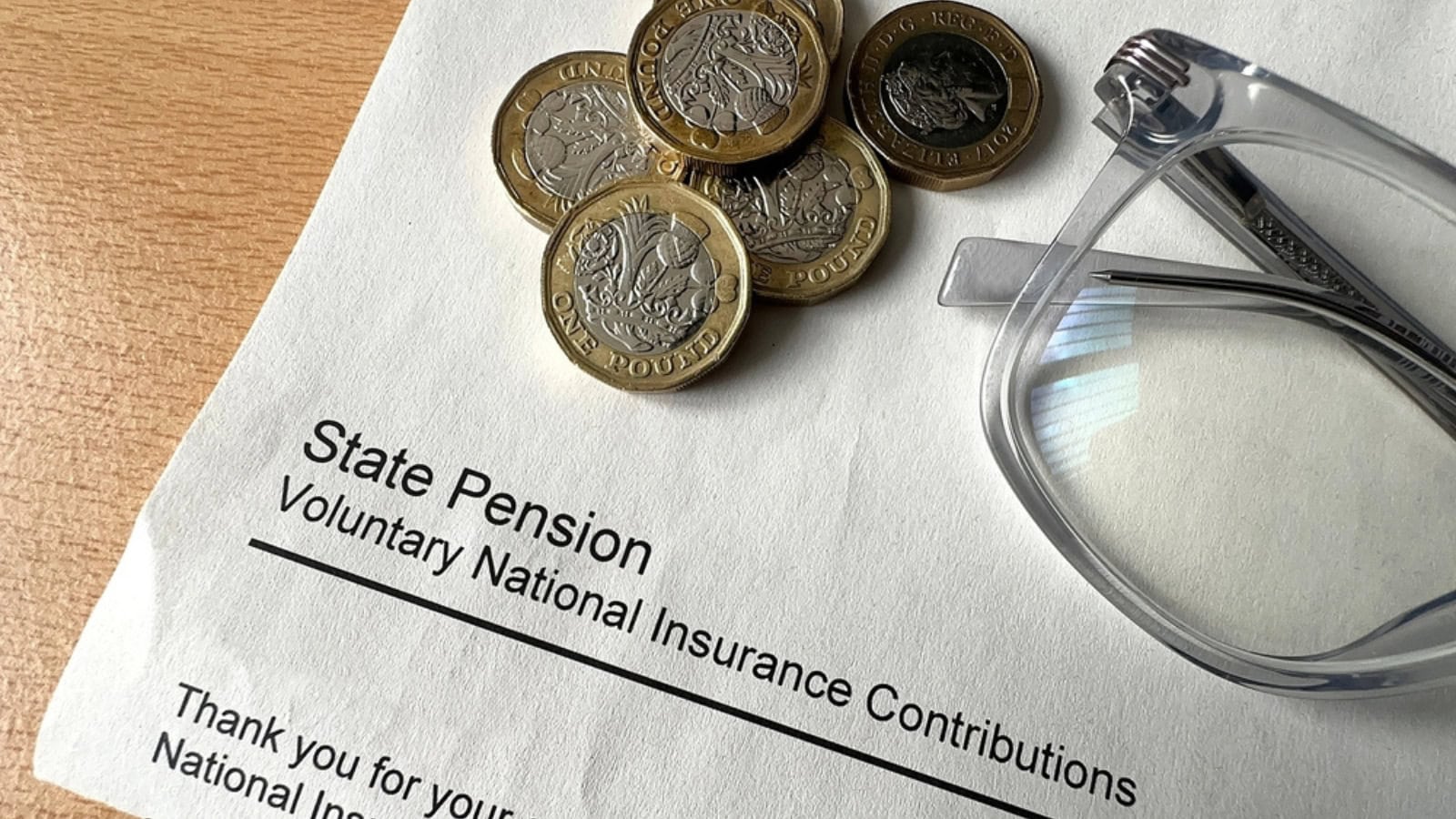
For Pensions Awareness Week – an example of the pension questions we receive, helping you better understand your pension. Here’s one on Added Pension
Question:
Can you explain how Added Pension works?
Answer:
The Armed Forces Pension Scheme 2015 (AFPS 15) was introduced on 1 April 2015.
As a member of that scheme, even if you have a short period of service remaining, you can improve the value of your AFPS 15 pension. The scheme offers members the opportunity to purchase Added Pension with standalone yearly contracts. This means that members can buy Added Pension in years when they feel they can afford it and even someone approaching retirement can participate. The scheme year runs from 1 April to 31 March and only one Added Pension contact may be entered into in any scheme year.
There are two types of contract: the first boosts just the member’s pension and the second boosts both the member’s pension and his or her dependants’ benefits. Members can take out a new contract every year should they so wish, in the sum they choose to contribute, deciding each time whether the improvement is just for themselves or to include dependants. The rules do not include a ‘dependants only’ option.
The current maximum amount of additional annual pension that someone can purchase is £6,500 but this could cost up to £200,000 depending upon the member’s circumstances. Remember, £6,500 is the overall maximum by which you can improve your pension pot value, NOT the maximum you can pay in to an Added Pension contract in any one year. The current limitations on how much you can pay towards Added Pension are £300 per year as a lump sum or £25 per month. An indicative guide is that about £1,000 paid towards your pension at the age of 30 buys an extra £100 of annual pension for the member when it comes into payment.
Exactly what any given sum will buy is determined by using factor tables which are produced by the Scheme Actuary. The factors cater for many variables including:
- your age when you start to pay for Added Pension,
- whether you pay monthly or by lump sum,
- whether you take out the contract at the beginning of the contractual year or part way through, and
- whether you buy Added Pension just for yourself or yourself and your dependants.
- Your gender makes no difference in terms of the factors and the amount you pay.
To obtain a quote, you complete and submit an AFPS Form 6 with details of what you wish to pay or achieve. Glasgow will respond with a quote on a Form 6A andiIt is not until you accept the quote in writing that the contract begins. Once you have entered into the contract, if you need for some reason to stop paying the instalments, you do so by submitting a further AFPS Form 6A which cancels all previous instructions. If you do stop paying, the added pension value will be reduced to reflect the fact that you have paid less than the amount agreed in the original contract. Furthermore, you will not be able to enter into a new contract until on or after 1 April of the next scheme year.
Once Added Pension has been purchased, it increases each year by Consumer Prices Index until it is paid out. It is paid out at the same time as the pension becomes payable.
Before you commit, you should be aware that there are, as with every financial arrangement you enter into, some pros and cons toconsider. The pros are:
Purchasing Added Pension is cost effective. You get value for money;
Purchasing Added Pension is tax efficient as the money you pay into the scheme to improve your pension comes from you pay before tax. For many of you, it will reduce your 40% tax liability; and
The increase in pension will feed through to Early Departure Payment (EDP) lump sum and income stream. So, if you buy £100 Added Pension your EDP lump sum (which is tax-free) is £225 more than it would otherwise have been!
The cons are:
AFPS 15 is less flexible than many civilian pension schemes in respect of how you take your pension. For example, you cannot take your pension pot in cash; and
You need to be careful not to breach the Annual Allowance (AA). The AA, which is set by HMRC, is currently £40,000 which means that, if you pension increases by more than about £2,250 per year, you could be liable for a tax charge.

Terry Anderson, Pension Adviser




